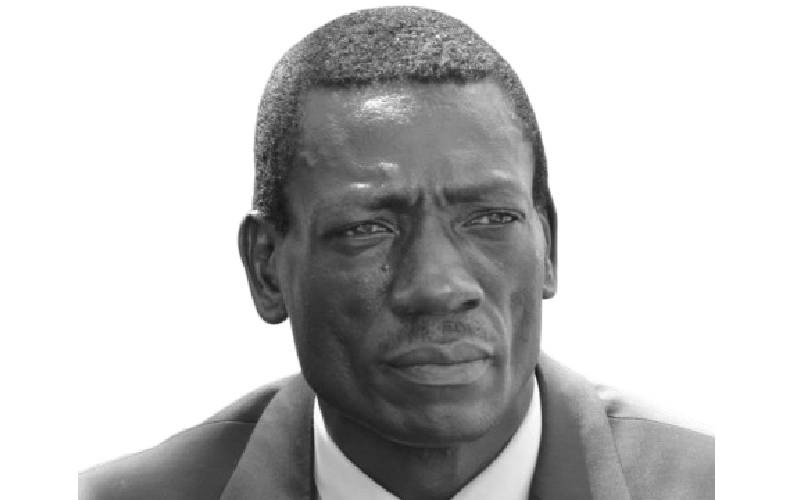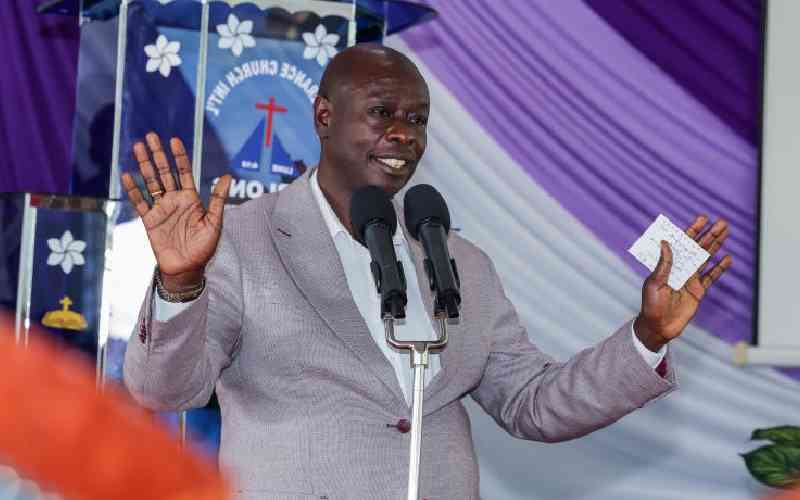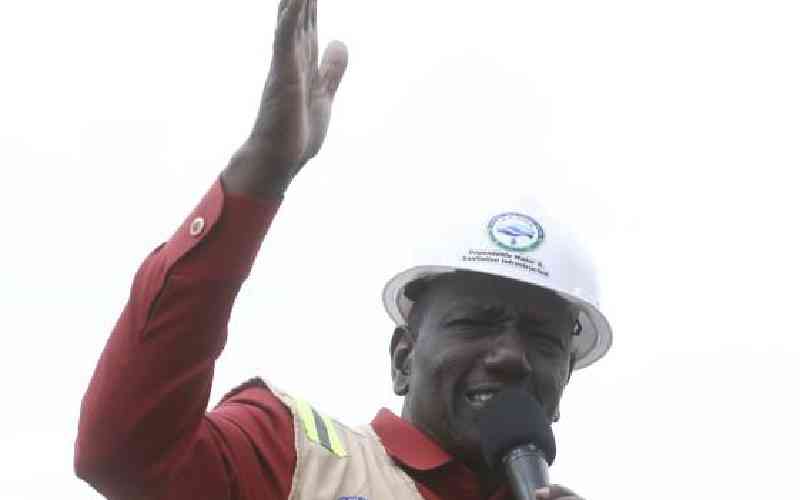Kenya’s learners in primary schools’ Grade 3 are able to solve most of the tasks given to them under the Competency-Based Curriculum (CBC), according to a new report by the national examinations council.
The report by the Kenya National Examinations Council (Knec) seen by the Saturday Standard shows that learners met expectations in their performance.
The findings were released after Knec introduced a tool of formative assessment before it rolled out the national 2019 Monitoring of Learners’ Progress (MLP) at the end of Grade 3.
A total of 1,282,150 Grade 3 learners in the regular and Special Needs Education (SNE) schools in the 47 counties enrolled for the assessment. These learners were the first cohort to be assessed under the new curriculum.
Teachers scored and analysed learners’ achievements in the MLP assessment tasks using four performance levels. These are exceeding expectation (level 4); meeting expectation (level 3); approaching expectation (level 2) and below expectation (level 1).
The national analysis of learners’ performance indicates that majority performed at levels 3 and 4 in various tasks and strands. On the whole, learners’ progress in performance can be summarised as “meeting expectation”.
The report shows that in English language activities, learners met expectation at level 3 across all tasks. Of the four tasks, learners’ achievement was best in listening and speaking and signing skills at 35.85 per cent, followed by reading comprehension and language structures at 33.03 per cent.
It shows the learners were weaker in writing skills at 32.60 per cent and reading aloud was at 31.68 per cent.
The performance in Mathematical activities, learners met expectation at level 3 across the three strands with the best achievement in measurement at 44.55 per cent followed by geometry at 41.37 per cent and numbers at 34.04 per cent. It was also noted that geometry recorded the highest proportion of 15.51 per cent of learners who performed at level 1, which is below expectation.
At exceeding expectation, which is level 4, geometry had the highest proportion of learners compared to all other strands at 37.07 per cent followed by numbers at 25.51 per cent, then measurement at 23.96 per cent.
Overall, the report shows, there is still a significant number of learners performing at below expectation, with geometry at 15.51 per cent, numbers at 10.57 per cent and measurement at 10.01 per cent.
Regarding learning areas assessed, the survey shows that in English language activities, most learners met expectations, although a better performance could be achieved.
Similarly, in Mathematical activities, most learners met expectation.
Notably, it shows that a significant number of learners in rural schools performed well. This could be attributed to the nature of the assessment which incorporated the Integrated Learning Assessment (ILA), which explored learners abilities without due bias. Even then, the survey shows there is concern on a small proportion of learners not meeting expectations across all learning areas.
In the Special Needs Education (SNE), stage-based pathway, the performance in Communication, Social and Pre-Literacy skills was at level 3 across five out the six activities.
Stay informed. Subscribe to our newsletter
The report shows the percentages of learners who met expectations in skills such as responding to visual, auditory and tactile stimuli were at 43.24 per cent while using or responding to cues, signs and common signals in communication for effective interaction was at 43.08 per cent, which is said to be commendable.
With regard to ILA for the SNE pathway, the majority of learners performed at level 3, at least 33.43 per cent in all the seven activities.
The skill of exhibition of social interaction skills had the highest proportion of learners at 43.61 per cent meeting expectation and the lowest proportion of learners performing at this level was in cutting out of number shapes at 33.43 per cent.
The report shows that for two activities of identification of body parts used as arbitrary units for measuring distance and modelling and sequencing of numbers 1 to 5, learners who exceeded expectations were 17.77 per cent and 17.46 per cent for the two tasks respectively.
The report shows learning progress in Grade 3 in 2019, as observed through the MLP exercise, meets expectations and brings about optimism in the attainment of the 21st century skills and the Ministry of Education (MoE) goals for CBC.
“MLP Grade 3 is a critical milestone in the CBC. The MoE takes pride in presenting the 2019 MLP Grade 3 report which gives an overview of key issues in the education sector such as the uptake of the CBC and learning progress at the Early Years of Education (EYE),” Education Cabinet Secretary George Magoha said.
He said it also assesses readiness of learners and the Kenyan society as a whole and most important, the issues in learning and assessment which require interventions. “I urge all stakeholders to critically and objectively interact with this report to clearly understand its purpose and spirit, which is primarily to provide national feedback on learning outcomes for EYE."
Gauge progress
He further observed that the results are not intended in any way to elicit comparisons or competition amongst learners or institutions but rather to enable learners and schools to gauge their learning progress against the intended learning outcomes.
“The report will also present an opportunity to other stakeholders and policy makers to identify pertinent issues that require intervention,” Magoha added.
Knec said the desire was to have learners who are able to operate at levels 3 and 4. In inclusive education, and as a measure of sustainable learning, the aspiration is to train learners to become creative, innovative and problem solvers.
“In the 21st century learning, all learners should meet or exceed expectation to reflect quality learning so as to better survive in the world and to experience better livelihoods,” said Mercy Karogo, the Knec chief executive.
She said Knec has already developed a Competency-Based Assessment Framework to facilitate assessment of the learners following the CBC. Identification and enrolment MLP Grade 3 learners was done through a Knec portal in July and August last year.
The 2019 ILA tool was uploaded on July 11 last year, and schools were expected to administer it in two months.
 The Standard Group Plc is a
multi-media organization with investments in media platforms spanning newspaper
print operations, television, radio broadcasting, digital and online services. The
Standard Group is recognized as a leading multi-media house in Kenya with a key
influence in matters of national and international interest.
The Standard Group Plc is a
multi-media organization with investments in media platforms spanning newspaper
print operations, television, radio broadcasting, digital and online services. The
Standard Group is recognized as a leading multi-media house in Kenya with a key
influence in matters of national and international interest.
 The Standard Group Plc is a
multi-media organization with investments in media platforms spanning newspaper
print operations, television, radio broadcasting, digital and online services. The
Standard Group is recognized as a leading multi-media house in Kenya with a key
influence in matters of national and international interest.
The Standard Group Plc is a
multi-media organization with investments in media platforms spanning newspaper
print operations, television, radio broadcasting, digital and online services. The
Standard Group is recognized as a leading multi-media house in Kenya with a key
influence in matters of national and international interest.








